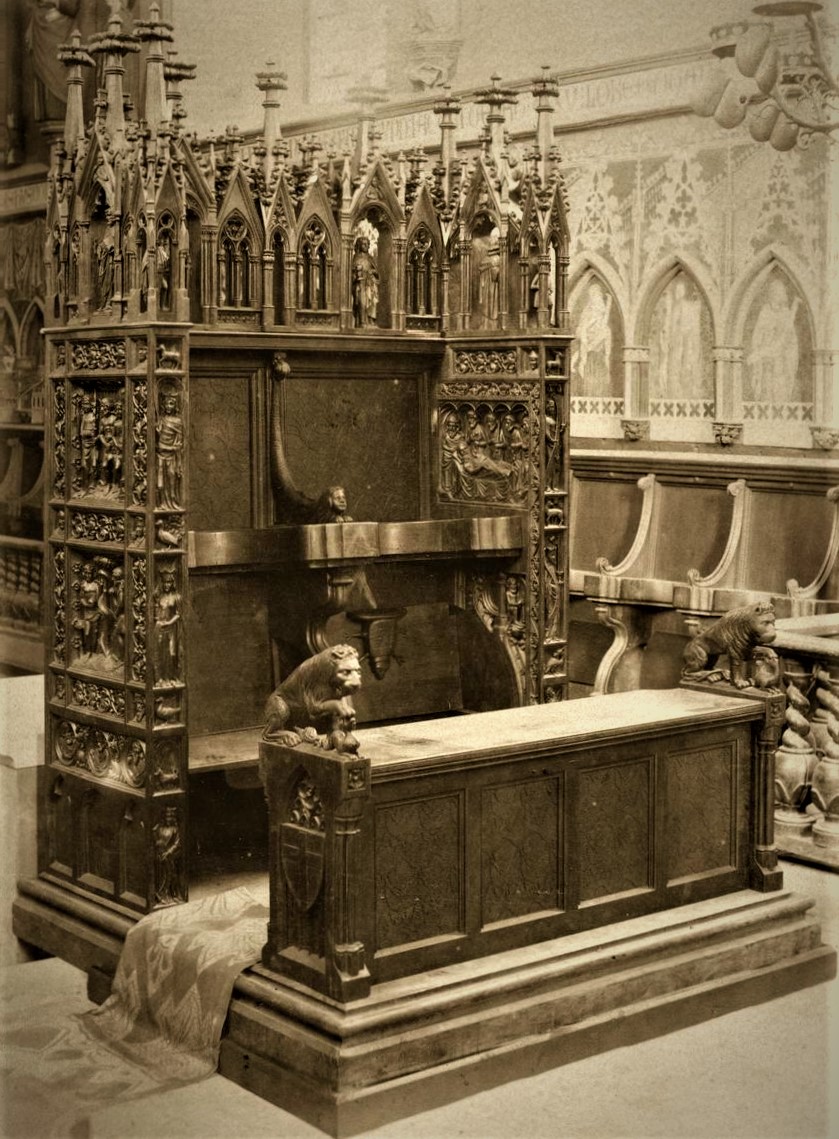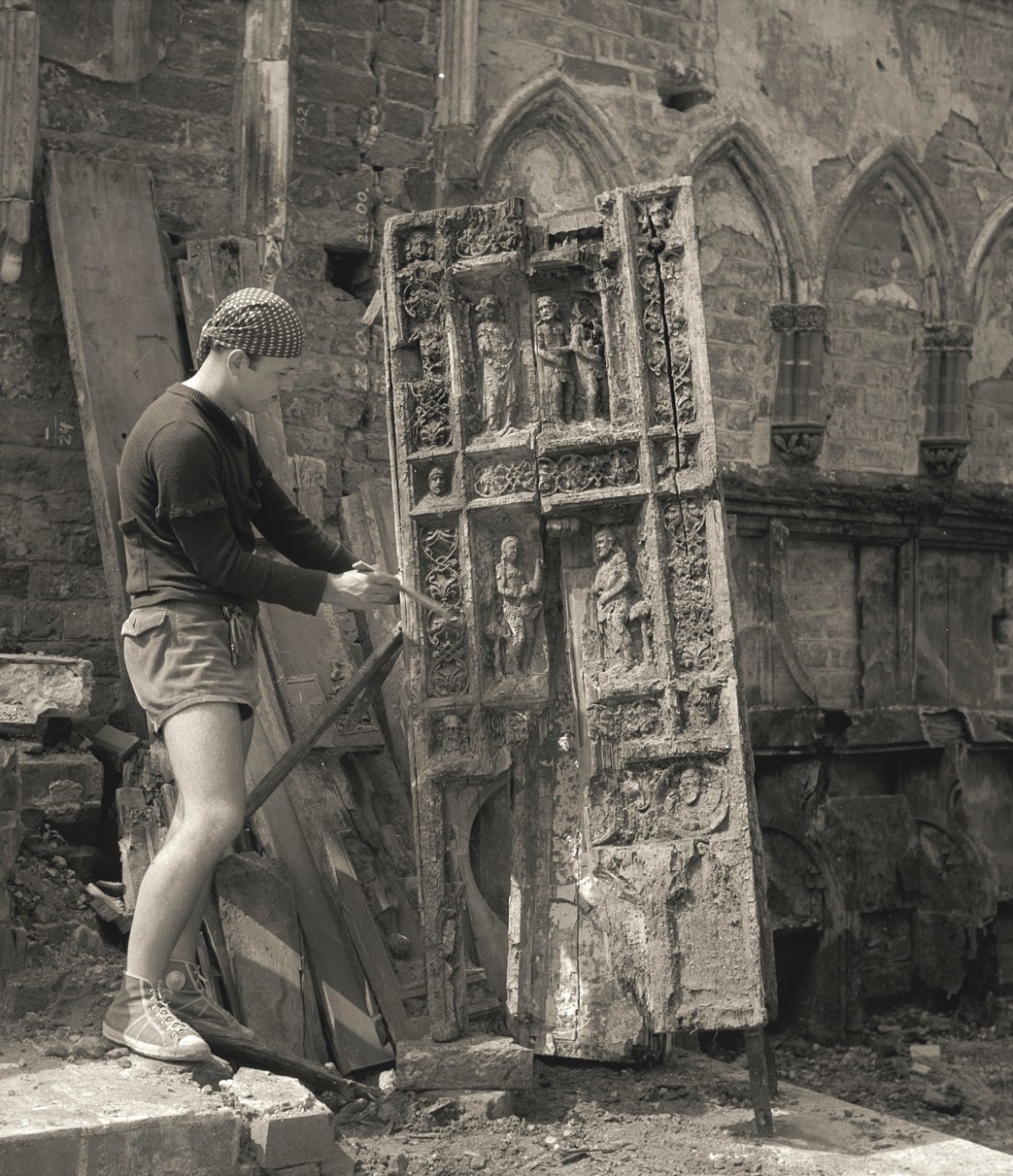Architect, architectural historian, monument conservator, museologist and also a talented draftsman, graphic artist and photographer. A pioneer of post-war research on the architecture of the castle in Malbork, associated with this monument for most of his professional activity, as a substantive worker and then curator for architecture at the Castle Museum in Malbork in the years 1961-1991. His youth and the period of his education, as in the case of most people from the generation born shortly after the rebirth of Poland, falls on a difficult and cruel time of occupation, which he endures first in Lviv and then in Krakow. There he is educated as an architect, draftsman and graphic artist. After the end of the war, due to the professional duties of his father Jan Kilarski, he ends up in ruined Gdańsk. This experience ultimately directs his professional path, which after the mid-1950s, is only related to the protection and reconstruction of architectural monuments. Between June and August 1957, Kilarski is commissioned by the Provincial Conservator of Monuments in Gdańsk to supervise the removal of rubble from the castle church and the chapel of St. Anna in Malbork. It was the beginning of his research involvement in the castle issues, which was then continued as an employee of the Castle Museum.
The works organized and supervised by Maciej Kilarski in the summer of 1957 cannot be overestimated. Both due to future conservation activities, which drew on the achievements and studies of Kilarski, also during the last stage of the reconstruction of the Church of the Blessed Virgin Mary at the High Castle in 2014-2016, and due to the issues related to the assessment and estimation of the scope of war losses in the field of artistic products. Maciej Kilarski, although he focused on architectural issues, which resulted in the organization of a lapidarium of architectural details, segregation and inventory of elements for the future reconstruction of the castle, did not abandon the care and inventory record (including photographic) of movable monuments related to the history of the castle, which were successfully excavated from under the ruins of the church and the funeral chapel of the great masters. The monuments saved at that time include such important examples of Gothic art as: the figure of Christ in the Garden of Gethsemane, the pew from the conventual church and the destruct of the figure of the Crucified. Even the relics of the grand master’s throne, which were made in 1895 for the interior of the church during the restoration of the castle under the supervision of the conservator Conrad Steinbrecht, were at stake.
Thanks to the negatives, notes and studies made by Elżbieta Kilarska handed over in recent months by her, we will soon be able to access additional sources recording the fate of some of the old collections and elements of the castle equipment in Malbork.
(oprac. B. Butryn)




